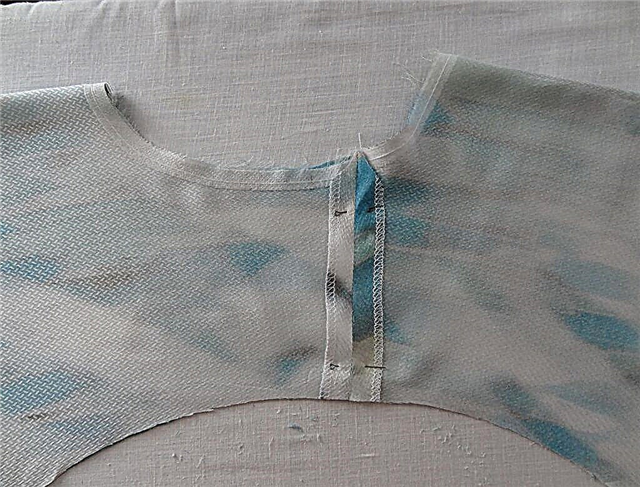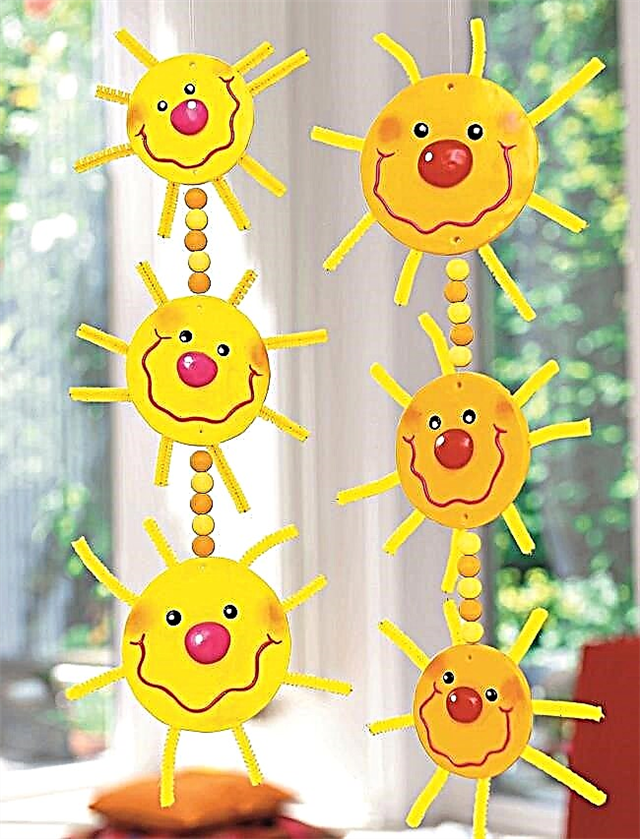Felting for Nina Demidova from a hobby turned into her own business. Now she does amazing beauty felt things and teaches others. If you want to join, go to the YouTube channel of the week.
About Channel Author
Nina Demidova studied at the Moscow Polygraph as an editor and after 30 years she worked in the publishing business. Felting, or making things from felt, was her hobby at first: Nina recalls that for the first time she saw work with this former classmate, she also passed the first two practical classes. The principle became clear, and the process was carried away, and Nina began to practice independently at home. On New Year's Eve, the husband, seeing the wife’s enthusiasm, presented her with two kilograms of wool for felting: “Absolutely terrible Russian wool of monstrous green color,” the heroine sneers. However, during the New Year holidays, all this stock was used up.

Nina continued to pursue her hobby, drawing information from the Internet. Needlework attracted more and more: “For a year I tried to share felt and work: I felted in the evenings on weekdays and on weekends,” Nina recalls. As a result, the work was abandoned, and the needlewoman was completely dedicated to creating things from felt.She talked with “felting” colleagues via the Internet, started conducting master classes at home, and in 2010 opened her own school Felt4Fun (you can translate it as “Felt for fun”). Over time, live communication in the studio went offline: today Nina Demidova records video master classes and courses and arranges lessons in which you can participate via the Internet.
22 rare and unusual types of needlework
What is this channel about
Nina Demidova’s YouTube channel is entirely devoted to various techniques of so-called raw (or wet) felting. The material for working in this type of needlework is wool, most often natural (wool of sheep, alpaca, camel, llama and yak, as well as cashmere, angora and mohair). Wool is needed not spun: when wet felting it is laid out in layers on the surface, soaked in soapy water and then ironed, rubbed, creased in the right directions. The fibers of the wool are intertwined and tangled, tightly bonding to each other and forming a single fabric - felt.
This technique allows you to create smooth straight canvases (for example, bedspreads, scarves, stoles), as well as things of various, sometimes intricate forms - jackets, coats, hats, bags, shoes. Among the varieties of this felting technique are nunofelting (“drawing” on silk fabric with wool), shibori (creating volumetric elements and textures), eco-print (“natural” way of dyeing felt), reinforcement (giving strength and elasticity to felt) and others. All these varieties - as well as the classic techniques of wet felting - can be learned on the channel of Nina Demidova.
Needlework - From a hobby to a craft: YouTube Channel of the Week
Who will be interested in this channel
The channel of our heroine can be recommended both to needlewomen, who have long been successfully engaged in wet felting, and to those who are only learning the basics of this technique or planning to start doing it. Nina Demidova is called a world-class master - and even skilled fellers and fellers will find something to learn from her.
Beginners should start with the “Felting from scratch” playlist - it contains two and a half dozen video tutorials that explain the basics of the technique in detail and clearly. Those who are already "in the know" might be interested in lessons on creating individual things, recording offline meetings, where masters exchange experiences, reporting from "felt" events, stories about "textile tours (trips" to the homeland of the best wool "- for example , to Italy), interviews with other felting masters.



